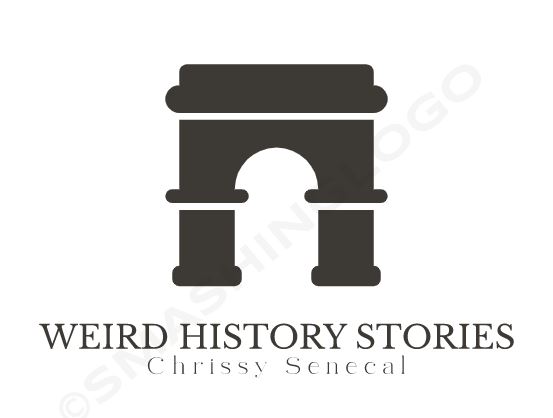An Islamic Inspired Christmas Carol
My 700th post is another historically themed Christmas Carol. This painting is of the Islamic polymath, Ibn Abbad, who wrote many works of literature during the Golden Age of Islam, when the city of Baghdad had become one of the world’s top epicenters for intellectual life, trade, and cultural flourishing.“I’m dreaming of a lost city […]
An Islamic Inspired Christmas Carol Read More »




















